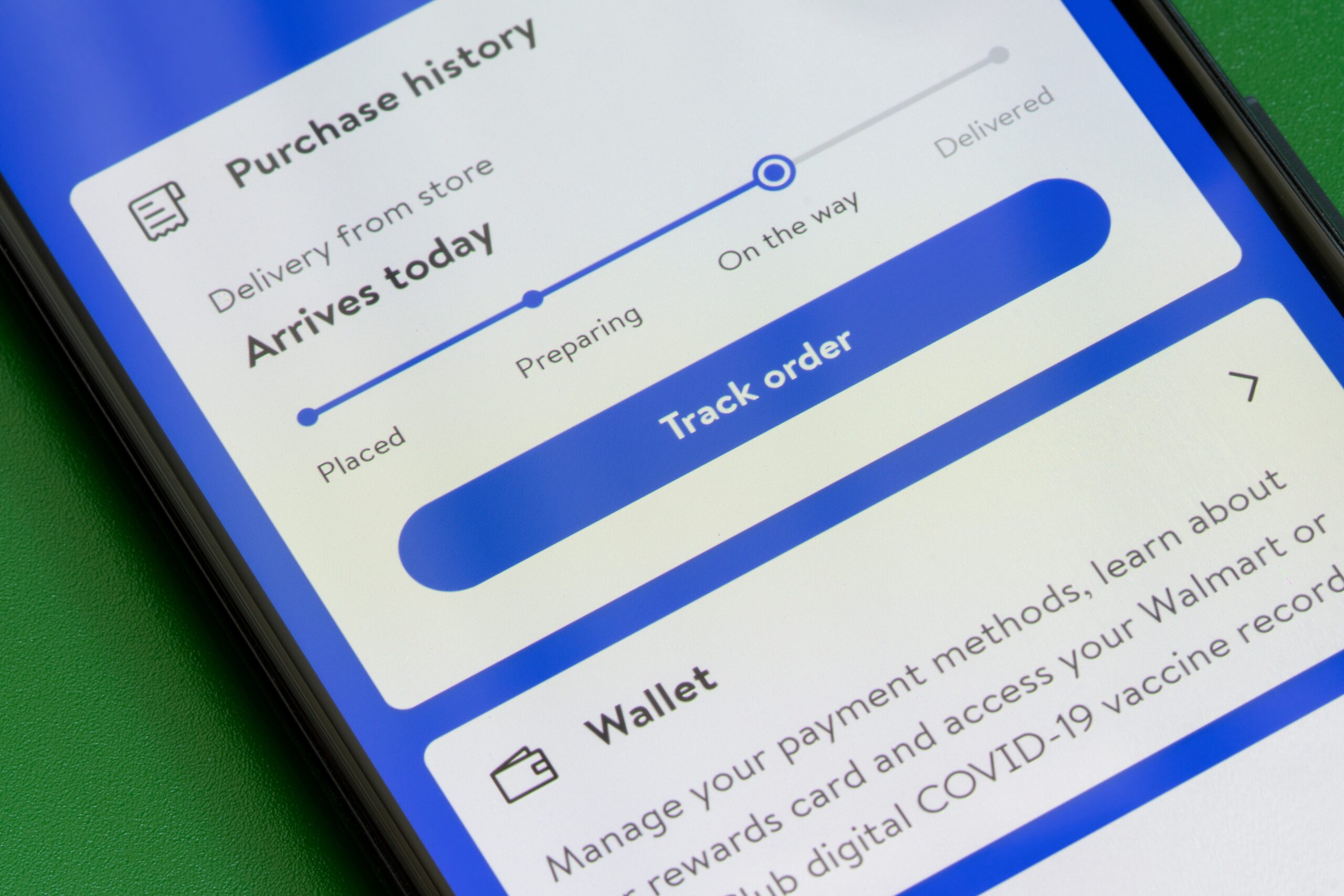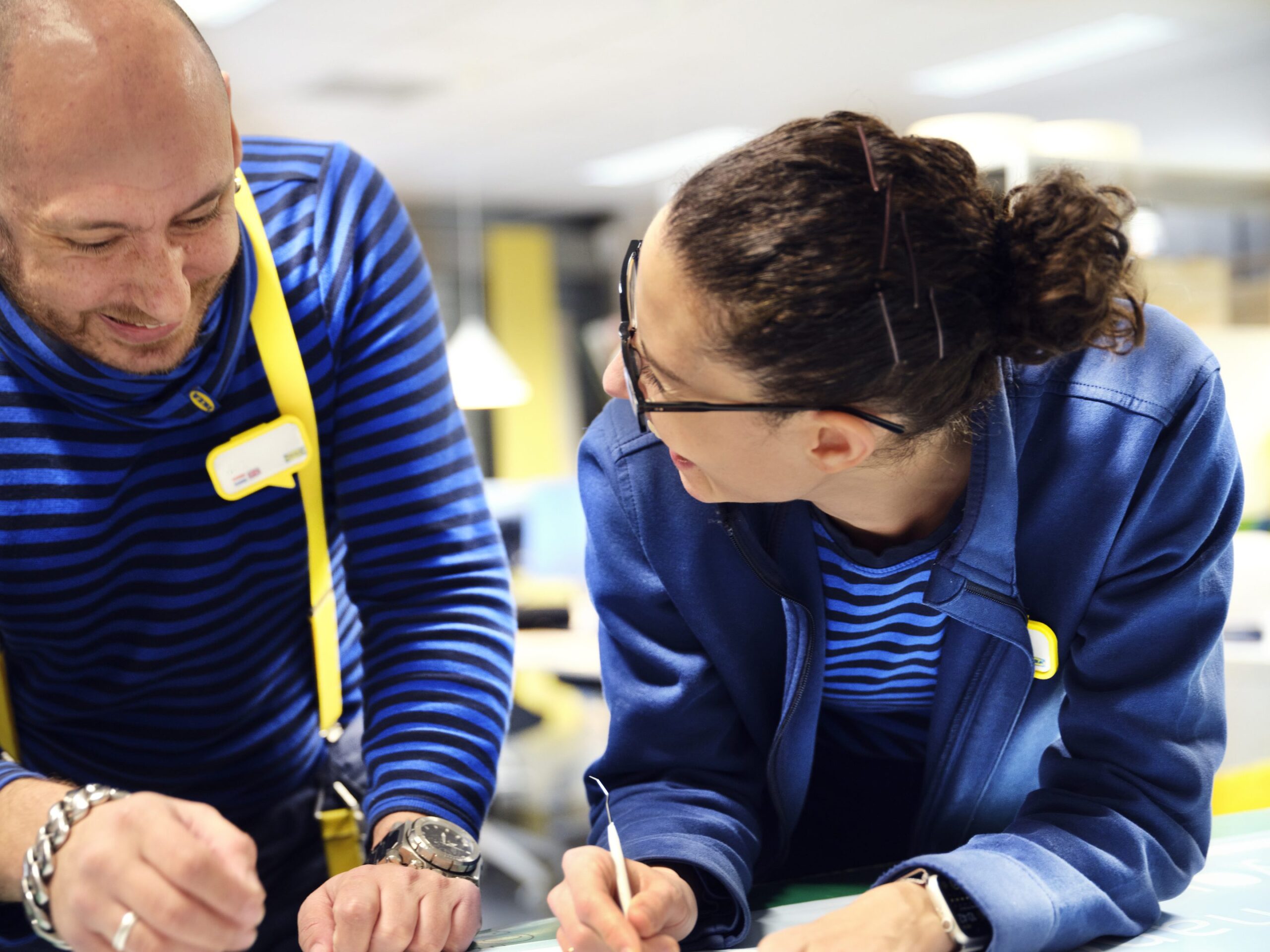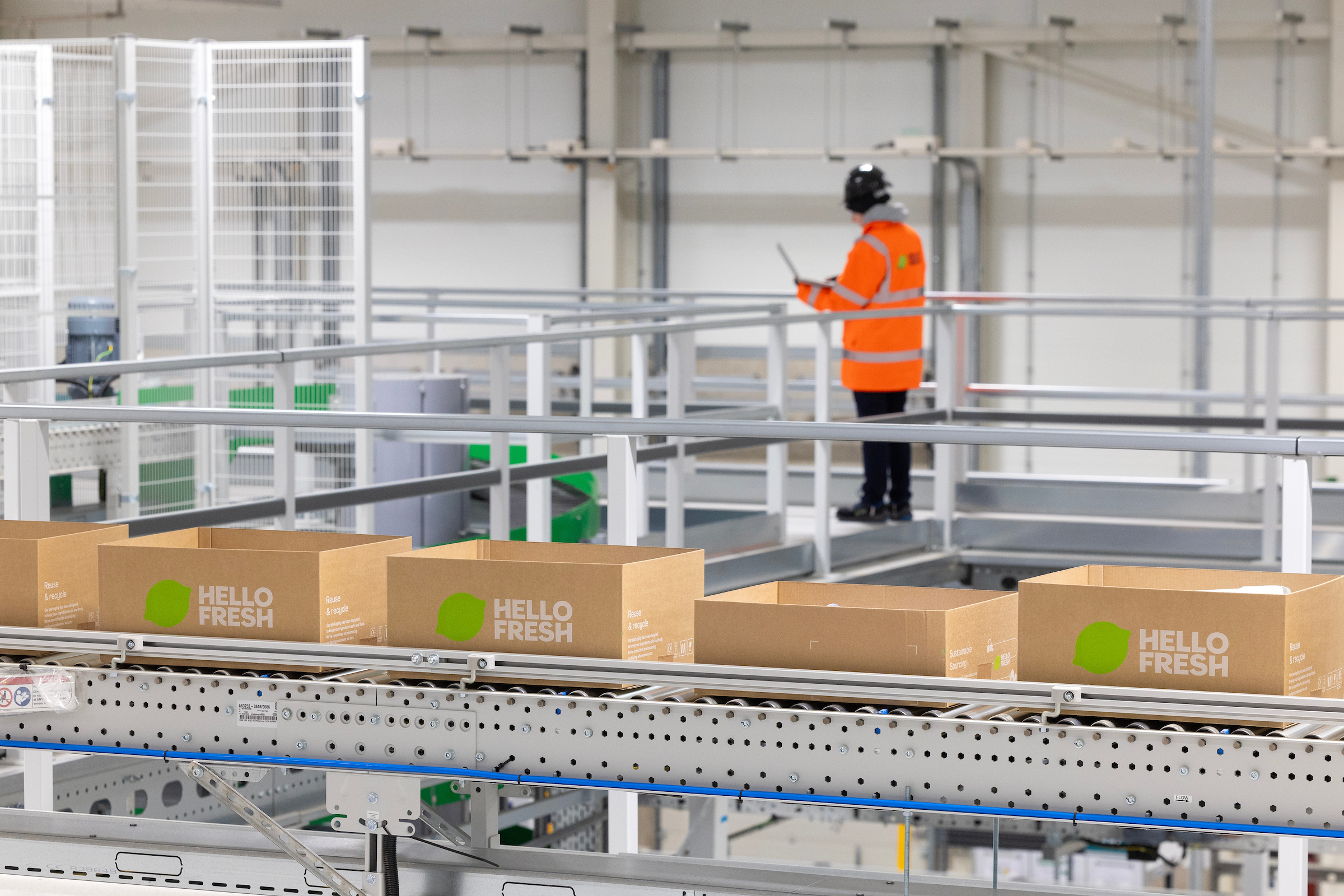Department stores including John Lewis, Debenhams and Harrods are planning to reopen their stores from June 15. That’s the date when the government has said all shops in England will be able to reopen – as long as the Covid-19 infection rate is under control.
We take a look at how three multichannel department store businesses are approaching the task of reopening their store estates.
John Lewis
John Lewis is starting with just two of its shops on Monday June 15 – those in Poole and Kingston. They’ll be followed by 11 others on Thursday June 18, including those at Bluewater, Cheltenham (pictured), Nottingham and Welwyn. Stores that have been chosen to be among the first quarter of stores that will reopen first are those that are easily accessible by car.
John Lewis closed all of its shops to protect against Covid-19 on March 23 – for the first time in its 155-year history. It continued to trade online and ecommerce sales have seen a “significant uplift”, while its sister business Waitrose has remained open as an essential business, and many members of John Lewis staff have moved over to that business during lockdown.
A cautious approach to reopening, says Sharon White, partner and chairman of the John Lewis Partnership, is necessary in order to ensure safety.
“While we have experience of social distancing in our Waitrose shops,” she says, ”we will need to establish new ways of working in our department stores. We are taking this cautious approach to be able to learn as we go and to make sure that our shops are as safe as they can possibly be for our customers and partners.”
Stores will reopen after a four-week process to put new measures in place and for staff training. Those measures will include a customer service host, in charge of managing queues at a reduced number of entrances and in other busy areas. The number of people going into stores will be capped and there will be clear social distancing signage. Protective screens will be in place at checkouts and areas where two metre social distancing is not possible. Customer services such as close contact beauty services, fitting rooms and restaurants will be closed until further notice.
Returned items will be separated from other items for 72 hours before they go back on sale. Other measures introduced in the future could include virtual queuing, returns drop boxes and click and collect from car parks.
White said: “Our shops reopening is a sign of hope as we begin to find our new normal. There’s an opportunity, now, for us, to come back stronger as a business, and offer the safety and reassurance that customers will want.”
Debenhams
Debenhams, which is currently trading in administration, says it is currently preparing to reopen about ninety of its shops, starting from June 15. A spokesperson said: “In the context of a retail industry undergoing profound change, the management team is working on the future shape of the group with a view to seeking an exit from administration as a going concern. With a leaner and more flexible operating model, Debenhams will have the ability to adapt to what are likely to be fundamental shifts in the future trading environment.”
Leases on 120 of its shops have been renegotiated. About 90 of those shops – the ones in England – will reopen on or soon after June 15. The rest will follow as soon as possible. Most store staff will be brought back from furlough, with about 70 moving in order to support the Debenhams customer service centre as it is brought back in house. Hundreds of head office jobs are likely to be be cut, while as an yet unknown number of jobs will also be lost as stores open for shorter hours and fewer services are available.
Debenhams has continued to sell online throughout the lockdown.
Harrods
Harrods says it is to reopen its Knightsbridge shop on June 15, with social distancing in place. Footfall monitoring technology will be used to limit capacity in-store, and to ensure social distancing is maintained. Signage will direct customers and employees around the store, with specific doors designated as entrances and as exits.
Michael Ward, managing director of Harrods, said: “Closing our store was a heart-breaking decision for everyone at Harrods, and we instinctively began to look ahead to reopening, poised and ready to welcome customers back as soon as we feasibly could.
“We are delighted to reopen our iconic store on June 15th. While we will undoubtedly be operating in a hugely changed environment, we are optimistic about the future. The opening of Harrods – a building that has stood in central London for over 170 years – is important for our long-term stability as a business, but also an optimistic step in the wider reopening of London. We are excited to welcome back our customers and colleagues, as well as support the local London and British economy get back on its feet.”
In the meantime, the Harrods pharmacy opens on June 1, and it is also set to open a second Harrods store – focused on discounted goods – in Westfield.
Commenting on this, Nigel Naylor-Smith, head of retail and hospitality at Fujitsu UK, said: “Consumer habits changed almost overnight in the wake of the coronavirus outbreak, and retailers must evolve with them if they hope to survive the continued drop in footfall. But the announcement that Harrods department store – a constant of Knightsbridge high street through two turns of the century – would be opening a new ‘concept’ site in Westfields has still come as big news to the sector; and is a sign of the ‘new normal’ that some retailers are currently getting to grips with.
“For department stores such as Harrods, often housed in listed buildings in the capital, retrofitting stores with screens at tills, virtual queue technology and cashless and contactless payment technology is especially challenging – and in some cases impossible.
“But there’s no escaping the need for social distancing measures – both to adhere to government regulation and to make longstanding customers feel comfortable enough to return to store. By stretching it’s offering over two sites instead of one, Harrods has found a way to reach its customers without compromising on its physical store offering or uprooting its Knightsbridge base.”
Image courtesy of John Lewis









